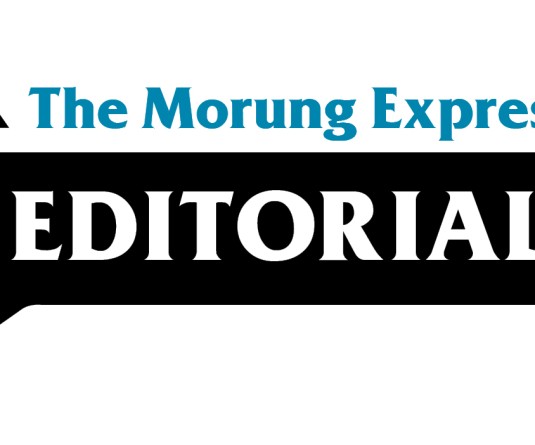
Nagaland’s Annual Plan outlay for the year 2007-2008 was approved on February 6 at a meeting between the Deputy Chairman, Planning Commission, Montek Singh Ahluwalia and Chief Minister of Nagaland, Neiphiu Rio. The Annual Plan size has been fixed at Rs. 900. The increase in plan outlay over the last few years is a welcome development. During 2006-07 the increase was of Rs 140 crore from the Rs 620 crore the State received during the period 2005-2006. Although there is enough reason to claim that the amount should have been more than what has been doled out, the decision of the Planning Commission to further increase the outlay by as much as Rs 180 crore is a step in the right direction and should give enough of an encouragement to the State to continue performing at the desired level—both in the context of economic growth and sound management of the State’s finances.
Having got the plan outlay approved, it is now incumbent on the State government to judiciously use the money keeping in mind the all round development of the State. The recommendation of the Deputy Chairman calling for the improving of revenue generation in the State needs to be clearly understood in the context of sustaining economic growth and creating a positive impact on State finances. It goes without saying that revenue collection and other resource mobilization has to improve a great deal to bridge the yawning gap between revenue and expenditure. For this, the State should look at the potential of increasing non-tax revenue. It is hoped that the government machinery is prepared to generate commensurate revenue to go along with the current expenditure accrued to the State exchequer.
Further, the service delivery system must continue to improve a great deal if the State is to see the spread of development and its fruit being enjoyed by all sections of society. The suggestion earlier given by the Planning Commission to correct lopsided economic development remains relevant even today. The government needs to give a push to agriculture and rural activities through initiatives in the road, power and transport sectors. The money allocated for these sectors should be clearly demarcated and utilized accordingly in an accountable and transparent manner. While it is encouraging to see growth in the agriculture sector particularly horticulture, the achievements in terms of attaining commercial scale of production of various products should be consolidated in order to create a sustainable base for employment and income generation. Besides improving the viability of production, greater focus will have to be given to food processing and post harvest technology and also facilitating the farmer’s produce into the market at a fair price.
Since the Planning Commission has also drawn the attention of the State government on growing expenditure on salaries to the government employees, the three corrective measures announced by the Chief Minister earlier—ban on creation of new posts, inter-departmental transfer of existing manpower, Voluntary Retirement Scheme (VRS)—should be implemented both in letter and spirit. On top of all this, good governance, fiscal discipline and strengthening delivery system will remain the key for a holistic development across the spectrum of people and districts. And if the State is able to deliver on this count, there should be no reason why Delhi should not reward more money for the next plan outlay. For this reason alone, the State’s satisfactory performance may well decide the generosity of the Planning Commission next time round.





